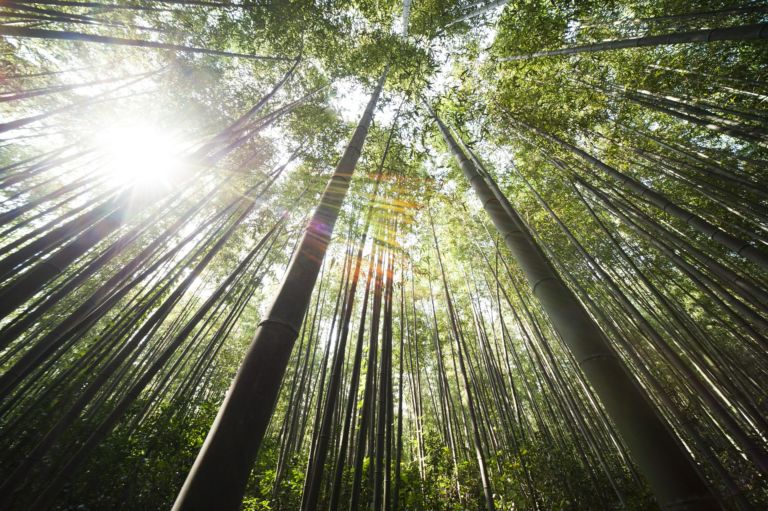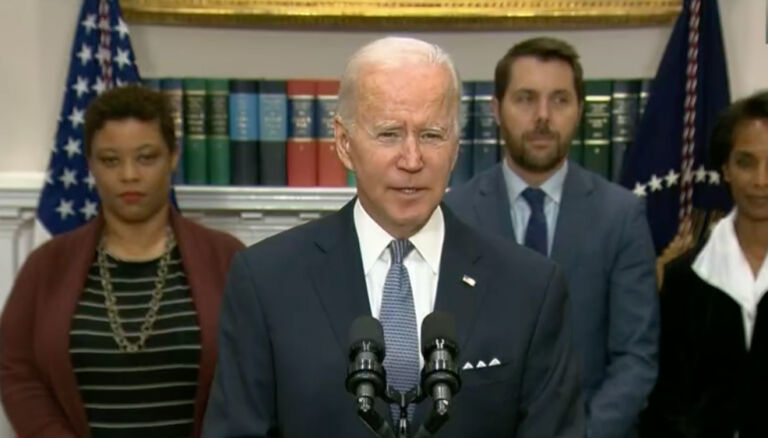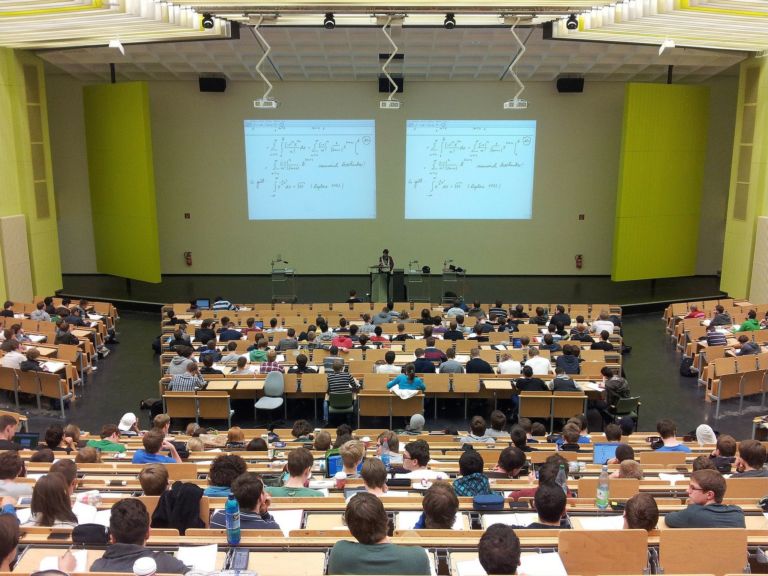Weekly John Locke Foundation research division newsletter focusing on environmental issues.
The newsletter highlights relevant analysis done by the JLF and other think tanks as well as items in the news.
1. The energy source of the future: not wind, not solar, but natural gas
A breakthrough technology announced earlier this month by the Department of Energy has got to be sending carbophobes everywhere to their padded rooms. It is new technology that will allow the extraction of what are called methane hydrates, which are superabundant but not, until now, feasibly tapped. Here is what the energy department announcement had to say:
U.S. Energy Secretary Steven Chu announced today the completion of a successful, unprecedented test of technology in the North Slope of Alaska that was able to safely extract a steady flow of natural gas from methane hydrates — a vast, entirely untapped resource that holds enormous potential for U.S. economic and energy security. Building upon this initial, small-scale test, the Department is launching a new research effort to conduct a long-term production test in the Arctic as well as research to test additional technologies that could be used to locate, characterize and safely extract methane hydrates on a larger scale in the U.S. Gulf Coast.
According to the trade publication New Energy and Fuel:
For experts the methane hydrates resource is the largest reserve of hydrocarbons in the planetary crust. So far humanity has not devised a process to economically harvest this immense energy wealth. Today’s DOE announcement may point the way to a new era in abundant energy to build out a bigger and better world economy.
The publication also points out that:
natural gas is priced to a barrel of oil equivalent at about $10-$11 per the estimable Geoffrey Styles view, something less than 10% of the cost of oil. For North Americans adding a viable and hopefully low cost means to make use of gas hydrates could be giant boost to low cost fuel sources and a massive kick to the economy…Methane hydrates are cold ice crystal-like structures that contain methane the chemical of natural gas. The hydrates are located under the Arctic permafrost and in ocean sediments along the continental shelf and widely spread worldwide.
But of course for those environmentalists who suffer from the irrational fear of carbon dioxide, aka carbophobia, this has to be horrifying news. Natural gas is a carbon based fuel and therefore it emits carbon dioxide when burned, much like humans and all animals emit carbon dioxide when exhaling. This means that a switch from oil to natural gas in order to fuel our cars, ambulances, fire trucks, farm equipment, school buses, etc, or a switch from coal to natural gas (in states like North Carolina) to heat and light our homes, will not do much to stave off the quickly approaching "end times", which, of course, are being caused by too much CO2 in the atmosphere. But for those of us who might be suffering from more rational fears, such as the fear of $10/gallon gasoline or the fear of not being able to afford to heat our homes in the winter or cool them in the summer because of the policies of carbophobes who may control the reigns of government, this news should help us sleep a little better at night. Of course, we cannot sleep completely soundly so long as those suffering from extreme carbophobia continue to have the power to prevent these resources from ever being tapped.
2. Ozone Report
The 2012 ozone season began on April 1 and each week during the ozone season this newsletter will report how many, if any, high ozone days had been experienced throughout the state during the previous week, where they were experienced, and how many have been recorded during the entire season to date. The ozone season will end on October 31st. All reported data is from the North Carolina Division of Air Quality, which is part of the state’s Department of Environment and Natural Resources. During the period May 14th to May 20th there were no reported high ozone readings on any of the state’s monitors and there have been none thus far this season.
Click here for the Environmental Update archive.


